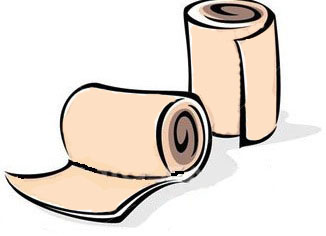Bandaging and Lymphoedema Therapy
 The objective of bandaging in the management of lymphoedema is to
reduce swelling by applying external compression to the limb, thus
facilitating limb function and shape improvement by softening
subcutaneous tissues. There is no drug alternative to this technique.
The objective of bandaging in the management of lymphoedema is to
reduce swelling by applying external compression to the limb, thus
facilitating limb function and shape improvement by softening
subcutaneous tissues. There is no drug alternative to this technique.
Compression bandaging can also help maintain limb volume reduction or prevent further swelling. It is then an alternative or a complement to compression garments during the transition phase and above all during the long-term management phase. It can also be the treatment of choice in case of palliative care.
The optimal pressure that should be applied in order to obtain the best volume reduction is not known and varies on a case-to-case basis. The pressure produced by a compression bandage can be predicted according to Laplace’s law, so that sub-bandage pressure will rise with increasing bandage tension and number of layers, and decrease with increasing limb circumference and bandage width.
Uses of Lymphoedema Bandaging (LB)
LB is applied for three main purposes:- to provide a protective, absorbent layer between the skin and other bandages
- to protect bony prominences, normalise shape, and equalise the distribution of pressure produced by the compressive bandage layers using padding of various thicknesses and densities
- to provide external compression by applying layers of inelastic bandages or, in some cases depending on the tolerance of the treatment, of long-stretch bandages
 The indications for use of multi-layer compression bandages rather than a compression garment with inelastic bandages are:
The indications for use of multi-layer compression bandages rather than a compression garment with inelastic bandages are:
- distorted limb shape
- tissue thickening
- limbs too large to fit standard compression garments
- lymphorrhoea
- lymphangiectasia
- fragile, damaged and ulcerated skin
- pronounced skin folds
- severe arterial insufficiency
- uncontrolled heart failure
- severe peripheral sensitive neuropathy
Bandages available
We carry a range of bandages for lymphoedema therapy. Correct bandaging
of the affected limb gives rise to dramatic improvements in the
treatment of venous and lymphatic conditions. We provide training to
both healthcare providers as well as patients on correct and effective
bandaging techniques, as practised around the world.
(See our Results)
Contact us for more information on compression bandaging techniques.
